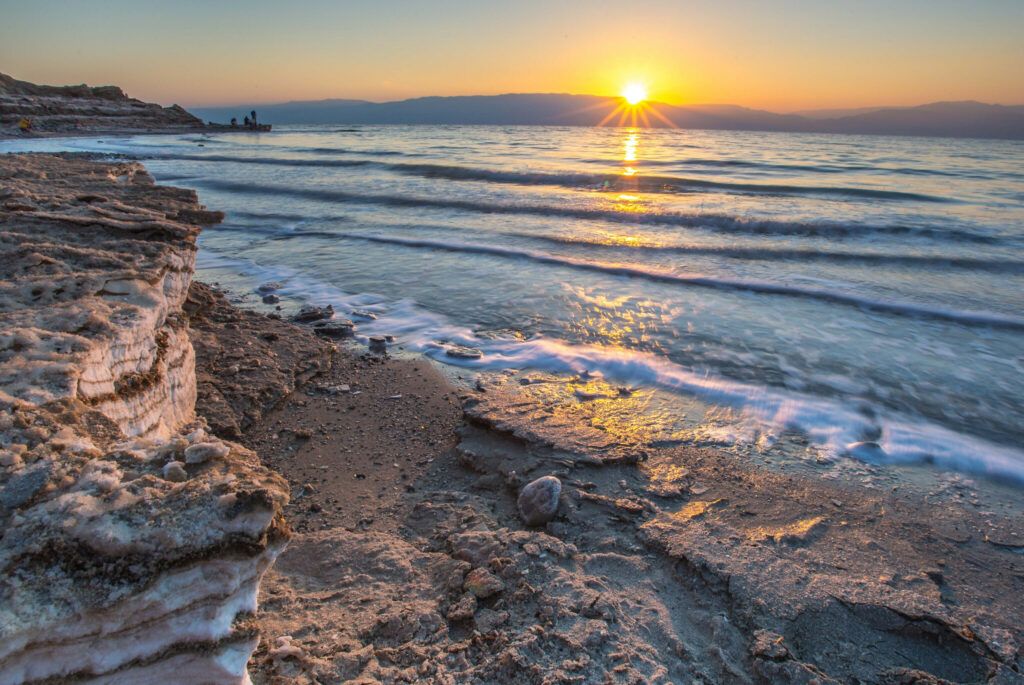The sea hasn’t been always salty: when the oceans were formed, due to condensation of water vapor in the atmosphere, they were composed of fresh water. Salt arrived little by little, carried by rivers.
Usually the color of the sea is blue or azure, but it is simply the sky that is reflected by the sea. Water absorbs sunlight in a special and complicated way. Sometimes it appears green because of microscopic algae in suspension or it can appear dark because of the seabed.
According to one theory, the seas were originally freshwater. They formed about 4 billion years ago when the Earth began to cool and the vapor clouds that enveloped it turned into rain. The salt came a little at a time, brought by rivers eroding the rocks.
With special equipment, it is possible to remove salt from seawater and make it possible to drink seawater that becomes drinkable.
Waves are formed by wind. In fact, wind is responsible for the genesis of waves, which occurs in an area of the sea called the fetch zone. The wind blows across the surface of the sea, pushing the water in a motion that creates a ripple that follows one another like a swing. Sea currents also contribute to waves.
Tides are caused by the gravitational force exerted by the Moon on Earth, which results in a periodic movement of the sea water level. High tide occurs when the Moon is closest to Earth, while low tide occurs when the Moon is far away. This occurs about every 6 hours.
Plastic waste thrown into rivers and seas is carried by wind and currents and accumulates to form huge plastic islands. The largest is found in the Pacific Ocean.
The Dead Sea, located between Israel, Palestine and Jordan is the saltiest body of water in the world, but unfortunately, it is dying. The salinity is so high that there are no fish or algae in the Dead Sea. Unfortunately, the water level is dropping by 1 meter every year, and scholars believe that unless humans intervene, this basin is destined to dry up.
